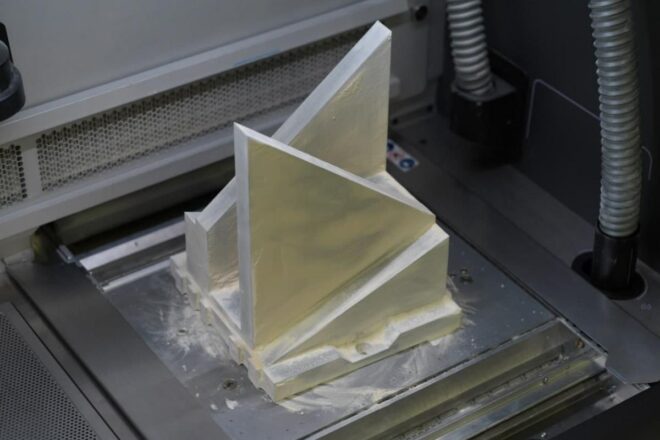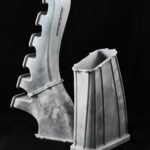These are the sectors ProM Facility is involved in with Fondazione VRT’s projects
The Fondazione VRT foundation was established in 2018 by Fondazione Caritro with the aim of supporting and enhancing the best research and technologies developed in Trentino. Fondazione VRT chooses projects to fund according to defined criteria, the main one being the ability to give answers to people’s needs, that is, to help Trentino research that helps people. It manages to evaluate projects and select them quickly, and once they are selected they are followed up and supported, both at operation and networking level and financially.
Fondazione VRT’s areas of focus put people and their needs center stage. This means it targets specific areas of social utility, from telemedicine to biomedical diagnostics, from culture to safety and to the more recent areas in epidemiology, virology and genomics that have emerged in response to the Covid-19 pandemic.
Diagnostics, Biomedical, Devices
The project in question is “Proton3D: Devices for Proton Therapy Applications Obtained by Advanced 3D Printing Techniques”, led by the Department of Physics of the University of Trento with the collaboration of Azienda Provinciale per i Servizi Sanitari della Provincia di Trento, University of Trento | CIBIO, Trento Institute for Fundamental Physics and Applications (TIFPA), Ion Beam Applications (IBA) and more specifically ProM Facility.
What is the role of ProM? The ProM Facility laboratory, a center of excellence for mechatronic prototyping, follows the design of devices applied to proton therapy and their fabrication through 3D printing.
With Multi Jet Fusion (MJF) and Stereolithography (SLA) technologies ProM is able to print the highly optimized and patient-customized devices with innovative materials such as polyamide (PA12) and various resins. The use of these devices becomes essential to speed up and simplify clinical treatment, and also to investigate possible new forms of intervention that increasingly reduce treatment time, especially in the case of metastases.
Photo: Geometric phantom for calibration testing made of PA12 via HP’s Multi Jet Fusion technology
Safety, Circular Economy
“RiFreRIBE for the regeneration of the worn layer of used brake discs“ is the project led by the Department of Industrial Engineering of the University of Trento that required the collaboration of ProM Facility.
What is the role of ProM? ProM Facility has a key role in the project: to research an alternative system to the current decommissioning of used brake discs and the development of a system that allows regeneration of the worn layer by coatings obtained by metal powder deposition. Deposition using Laser Direct Energy Deposition (L-DED) technology is underway at the ProM Facility laboratory using various materials so as to find the optimal combinations between the effectiveness of the braking system and the amount and type of particulate emissions.
The benefits of this project are:
- reduce particulate emissions while maintaining the technical performance of the brake system
- reuse brake discs from cars that are now are being scrapped
- regenerate the discs by coating them several times via the deposition of a new coating layer.
Culture and Distance Learning
“MicroLab – Microscopy Lab 4.0” is the project led by Bruno Kessler Foundation that involves many partners, including Trentino Sviluppo and ProM Facility.
What is the role of ProM? To work alongside FBK researchers for interventions in schools and to contribute to the design and implementation of a telemicroscopy laboratory that is intended to be maintained beyond the 12-month duration of the project.
The focus of the project is on scanning electron microscopy – SEM, which uses an electron beam focused on the surface of the material to acquire images whose spatial resolution is far more detailed than that obtainable with an optical microscope. Images received through a scanning electron microscopy instrument have extreme contrast and are easy to read. Normally the SEM instrument requires a laboratory setup because it operates in a high vacuum that requires turbomolecular pumps. With the intervention of Fondazione VRT, it was possible to have a compact SEM instrument that can remotely perform the necessary operations to acquire the images.





